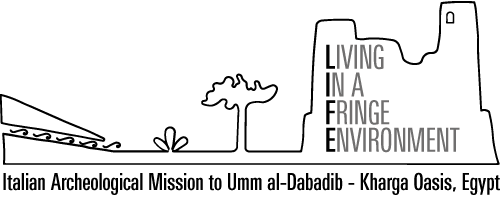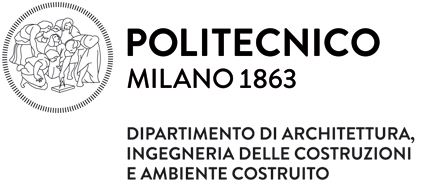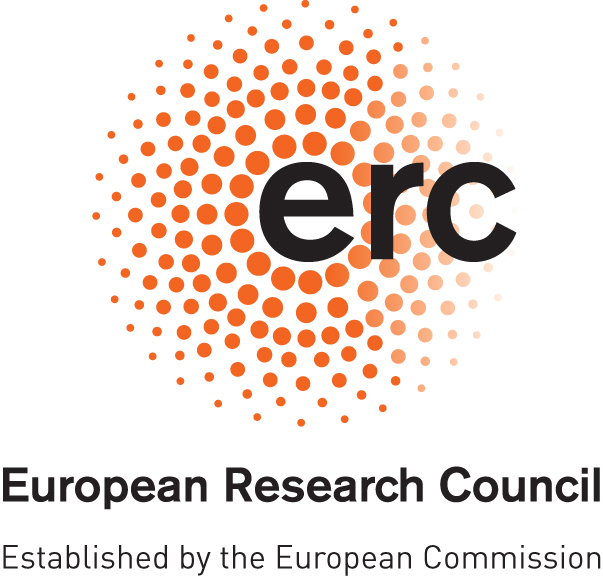PREVIOUS STUDIES
Once the exploration of the northern portion of the oasis was completed, Salima focused on the exploration of the Darb Ain Amur, the ancient caravan route that connected the oases of Kharga and Dakhla, whilst Corinna focused on the distribution of the settlements and on the exploitation of the local water resources. In 2012 she created the project OASIS (Old Agricultural Sites and Irrigation Systems), based at the MUSA Centre of the Università Federico II di Napoli, focusing on the relationship between the ancient built-up areas and the agricultural systems. In 2014 the 3D Survey Group of the Department ABC of the Politecnico di Milano joined the project and took charge of the survey of the built-up area.
The entire research team and the Research Service of the Politecnico di Milano, with the invaluable help of Aya van den Kroonenberg of Yellow Research, supported Corinna during the process of construction of a new, joint research programme an her application for an ERC CoGrant, that enabled the birth of LIFE.
In 2015 the joint team obtained an ERC Consolidator Grant to study the Fortified Settlement of Umm al-Dabadib.
A list of publications illustrating the results of the previous research on Umm al-Dabadib and northern Kharga can be found here.





